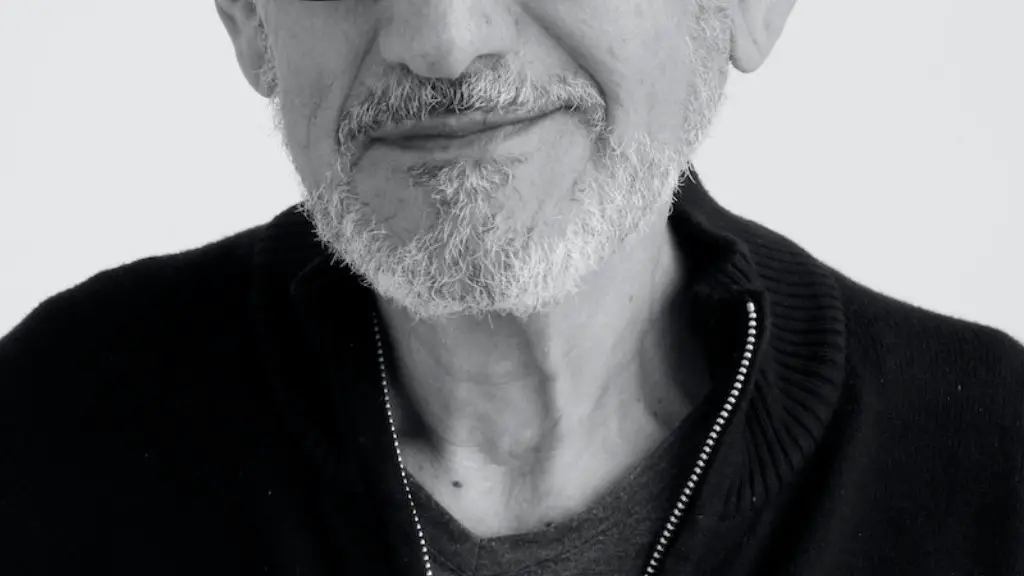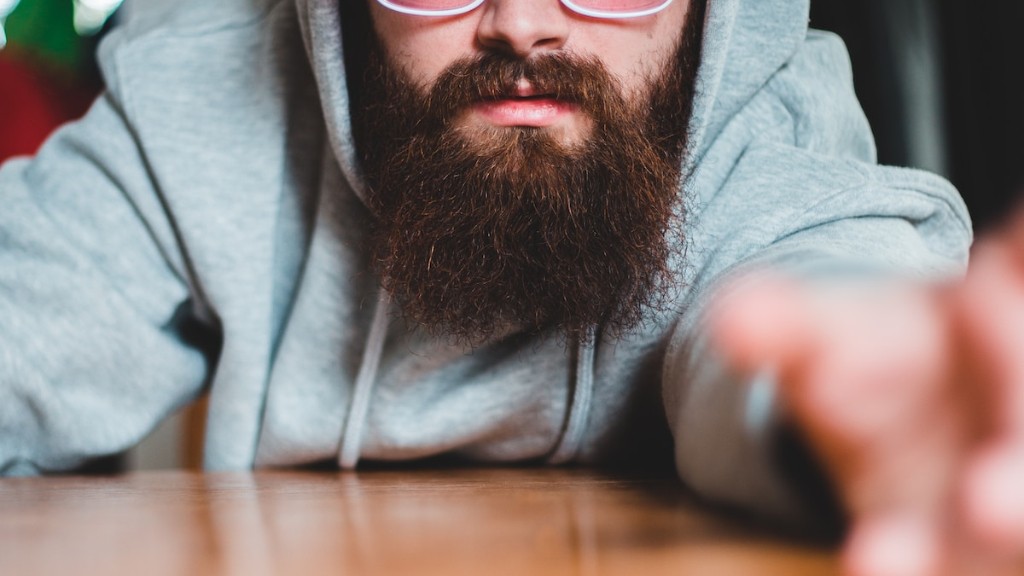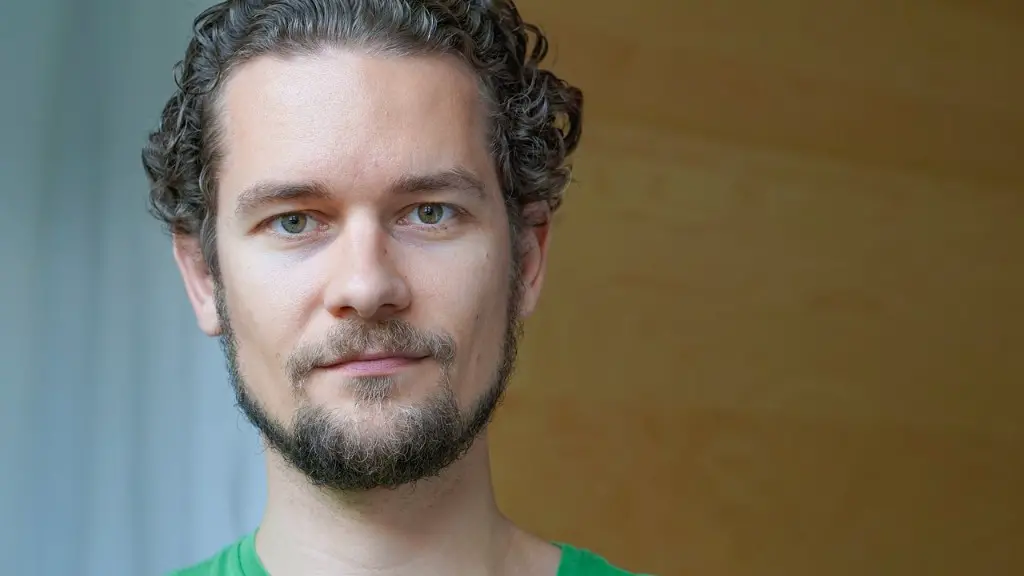Growth Factors
Beards grow at a rate of 1.3 centimeters per month, on average, but the actual rate of growth can vary from person to person. Age and genetics play a major role in the rate at which beard hair grows, as do some lifestyle choices such as diet, stress, amount of sleep and exercise. According to “Journal of the American Academy of Dermatology,” hormones can influence the growth and development of facial hair, so medical issues such as thyroid reproductivity and polycystic ovary syndrome can also influence the rate of beard growth.
Shaving
Shaving and trimming are popular methods people use to groom facial hair, and while they may give the appearance of a thicker beard, they will not increase the rate of growth. The whiskers of facial hair resemble barbed wire, and when a razor is used, it cuts the hair shaft at an angle which can create the illusion of a fuller-looking beard. Trimming beard hairs and shaving them shorter may give the impression of thicker growth, but it does not promote rapid or increased beard growth.
Claims
Misleading claims state that if you shave your beard daily, it will stimulate the growth of thicker facial hair and improve the rate at which it grows. But scientists have debunked this claim, as shaving does not make it grow back thicker, faster or darker. The only thing that happens when the beard is shaved is that the end of the hair strand are blunted and they might look thicker than the original appearance.
Evolutionary Traits
Beard growth is an evolutionary trait and is largely determined by genetic predisposition. If a man’s father is capable of growing a thick and full beard, chances are he will have the same growth characteristics.Length and thickness of facial hair is determined at the roots, where the hair grows out of the same follicle it has always grown from. Even if the end of the whisker is cut off, the existing follicle will continue to grow the same length and thickness of hair.
Additional Tips
In general, the best way to increase beard growth is through natural methods such as a healthy diet, exercise and plenty of sleep. Facial hair can also benefit from a specialized beard oil or balm to help nourish the follicles and strengthen the hairs themselves, allowing some growth to appear over time. In some cases, facial hair growth may be affected by medical conditions and treatments that manipulate hormones, testosterone and its derivatives.
Supplements
Some people may choose to take beard growth supplements, such as biotin, vitamins or minerals. While these supplements are not believed to impede beard growth, research has found that taking biotin or other vitamins may encourage rapid hair growth elsewhere on the body, not necessarily the face.
Age and Growth Cycles
The rate at which beards grow also slows with advancing age. Men in their twenties or thirties may observe that their beards grow in more rapidly compared to men in their forties and beyond. Men may not observe any beard growth until they are in their mid-twenties due to a slower development rate.
Stalls in Growth
In some cases, due to normal development cycles and stress, the beard may stall in its growth. This is normal and nothing to be alarmed about as the facial hair will often fill back in after the development process is complete. In those cases where there is no hair growth and no development, seeking the advice of a medical professional can unearth the root cause and possible treatments that may promote healthy facial hair growth.
Conclusion
In conclusion, shaving does not directly contribute to an increase in the rate at which facial hair will grow. Other factors also come into play, such as genetics and age, that can contribute to how quickly or often the beard will thicken or fill in. In addition, an individual’s lifestyle or medical issues can also prevent the beard from growing at a normal rate. A healthy diet and lifestyle can often encourage a health rate of growth and provide the proper nutrients the beard needs.


